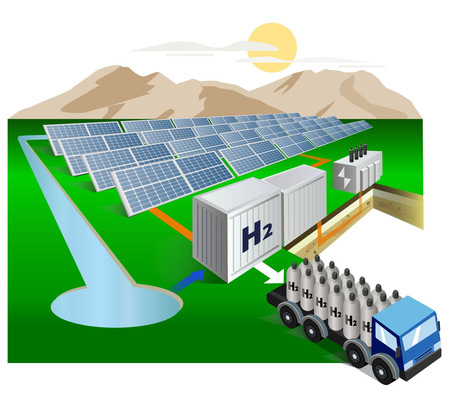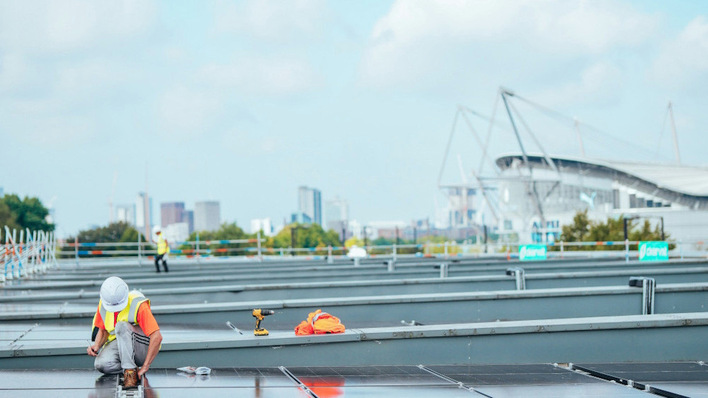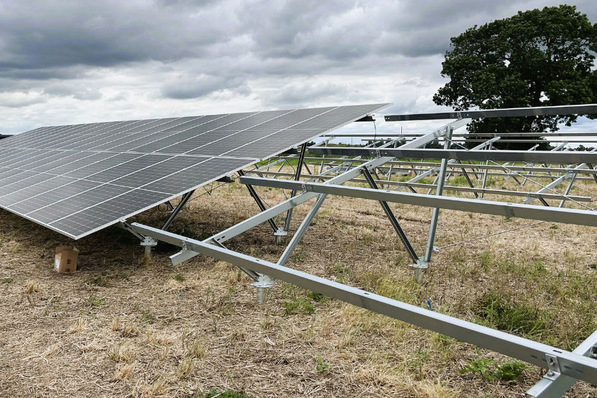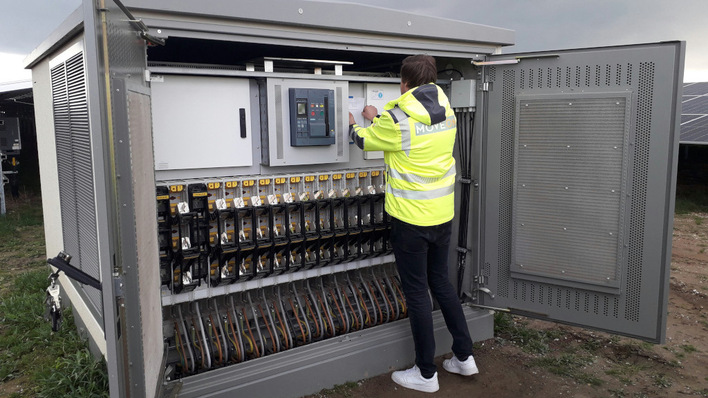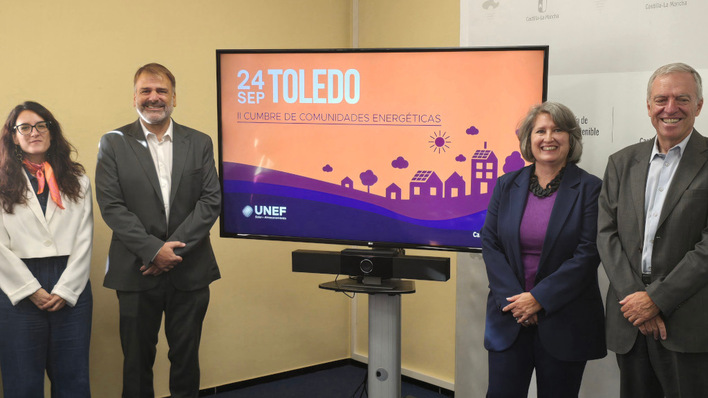pv Europe: What is the goal and the background of your Pricetag study?
David de Jager: In our DiaCore study last year we identified major differences in the weighted average cost of capital (WACC) for windpower in the EU member states. The WACC was particularly high in Southeastern Europe. In our recent Pricetag study, which was supported by the European Climate Foundation, we had a closer look also on the WACC for photovoltaics.
What are some key findings?
Over 2014-2016 the WACCs have decreased for all economic investments due to the policies of the European Central Bank and the national central banks. In addition, the cost of borrowing for corporations fell by approximately 30 percent. However, the WACCs for wind and PV investments have not decreased as much. The highest capital costs for PV we see in Greece with 7.3 - 12.4 percent followed by Bulgaria with 7.0 - 9.5 percent, Romania with 7,4 percent, Hungary with 7,3 – 8.75 percent, Croatia with 6.8 – 7,6 percent and Slovakia with 4.5 – 6 percent. This corresponds to high levels of levelized costs of electricity (LCOE) for ground-mount PV of 195 Euro/MWh in Slovakia, 188 Euro/MWh in Romania, 158 Euro/MWh in Bulgaria and 120 Euro/MWh in Greece. That is up to four times as expensive as the recent bidding tariff in the German-Danish cross border auction for solar parks. This means also that taxpayers and consumers in Southeastern Europe have to pay more than necessary to achieve renewable energy targets.
But why is the LCOE for PV in Greece comparatively lower, though the country has the highest capital costs of the examined countries?
Next to the annual solar irradiation, the LCOE of PV is affected to a high degree by the capital costs, but also by the functioning and competition on the market, and its consequences for the project costs. Greece provided with its current support schemes revenues that were high and reliable enough to attract investments, despite the economic downturn. However, the support level could be significantly reduced if the cost of capital would be further lowered. Then the LCOE of PV could go down to 84 Euro/MWh. This would already be a big step forward.
What would have to happen?
To bring down the risk factors for solar investments is a task for all market players, but especially for policy makers. A crucial factor is to increase competition, for example through open auctions and biddings for solar parks. If the government would give the right signals the LCOE of PV could be even lower than in Denmark, because solar radiation in countries like Greece is much higher.
What about bureaucracy and high permitting costs?
We mainly looked at the OPEX costs. But to lower bureaucracy and corruption is also crucial to minimize financing risks. Overall our analysis shows how strongly Southeast European markets still depend on stable political frameworks that allow for sustainable business cases.
Interviewed by Hans-Christoph Neidlein
Stay informed, get our weekly newsletter. Register here: http://www.pveurope.eu/Newsletter
Related news:
http://www.pveurope.eu/News/Markets-Money/Mitigating-financing-risks-is-key
https://www.pveurope.eu/solar-modules/solar-modules-costs-prices-and-finance-glance




